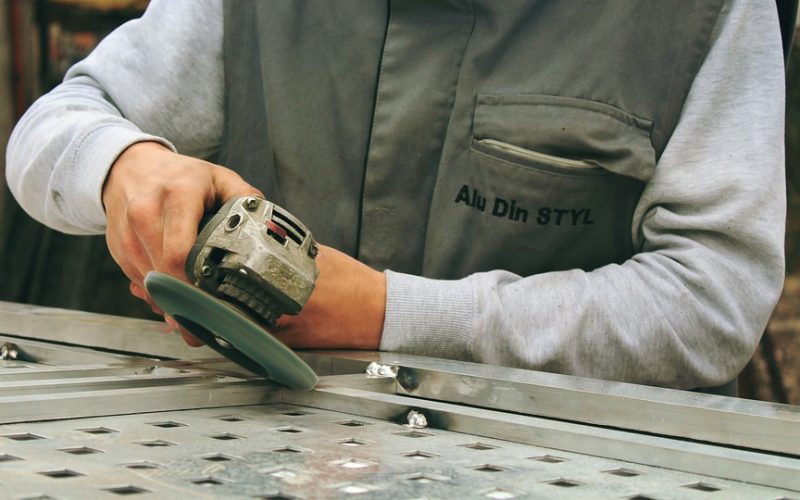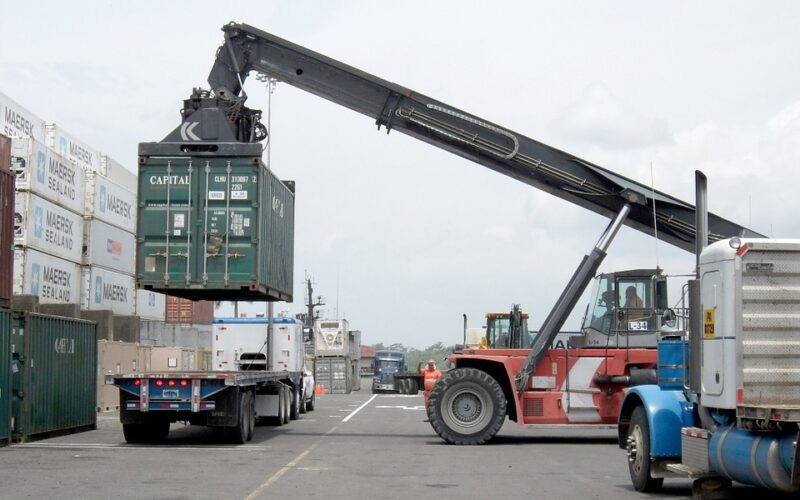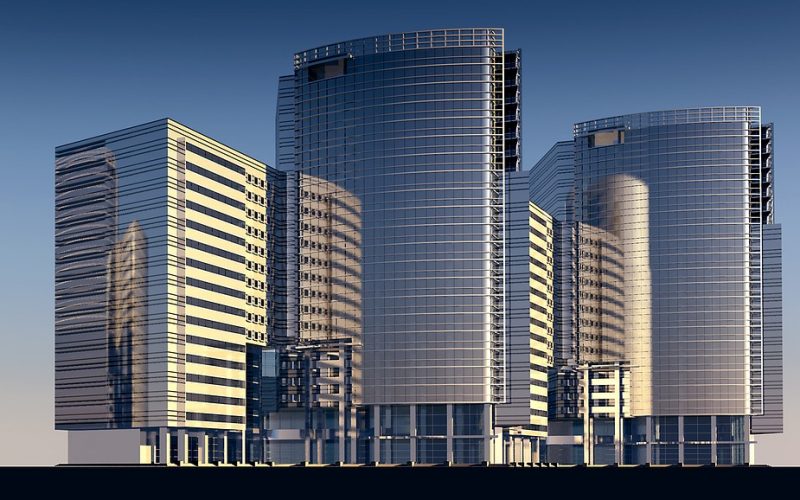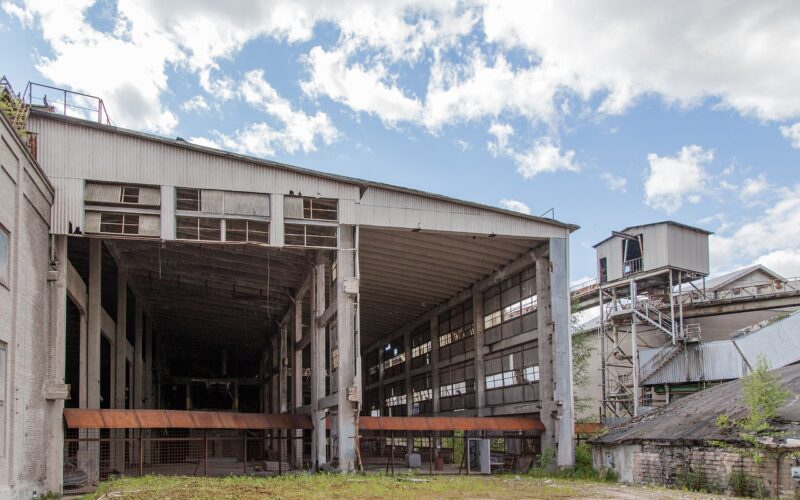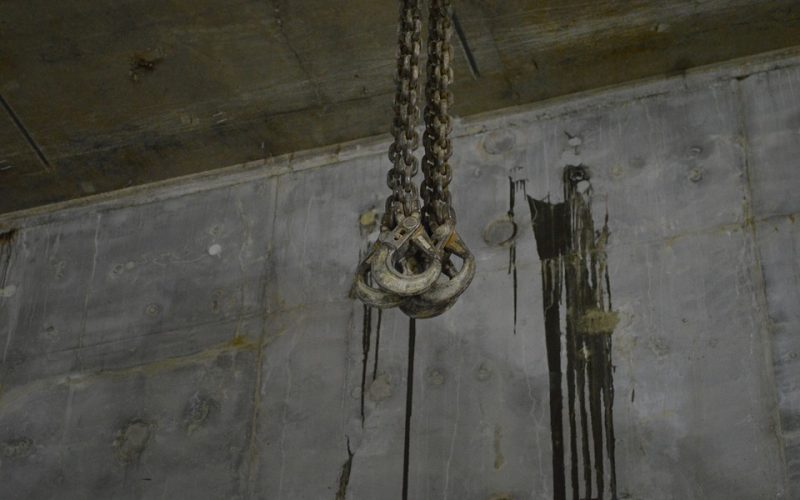Refurbishing a Derelict Building
Have you ever considered taking a derelict building from its ugly past and turning it into a beautiful new space? Doing something like that is certainly no small feat but it has been done before and it can be a hugely rewarding experience when everything comes together. The thought of bulldozing an old, dilapidated building into nothingness might seem easier than bringing one back to life, but the satisfaction that comes with restoring such an eyesore to its former glory is well worth all of the time and hard work put in.
Research the building’s history
Have you ever passed by an old, derelict building and wondered about its history? The intriguing thing about such architecture is that they hold within them stories of the past. So, what was the building's original purpose? Perhaps it's a forgotten factory or a former residence to a wealthy family in times gone by. Whatever the origin, every abandoned structure has an interesting backstory. Unfortunately, these old buildings often fall into a state of disrepair, left to rot away with time and neglect.
Secure permits and legal documentation
Legal documentation is an essential part of any refurbishment project. Before you dive in headfirst, it's important to make sure that you have secured all the necessary permits and licenses to ensure a smooth and successful process. Failure to obtain the appropriate documentation can lead to costly delays and legal issues down the line. Not only is it crucial to adhere to legal requirements, but it also helps to ensure the safety and integrity of your project. Take the time to do your research and ensure that you have all the proper permits and licenses to proceed with peace of mind.
Structural analysis
Structural analysis and environmental impact assessment are two crucial parts of any building project. Before starting construction, it's important to know exactly what kind of structural changes will be necessary in order to ensure a safe and secure building. This can involve everything from reinforcing existing structures to completely redesigning key elements of the building's framework.
At the same time, it's important to conduct a thorough environmental impact assessment, looking for any potential hazards or risks that could negatively impact the surrounding area. This could include things like air pollution, noise pollution, or other environmental threats that could impact the health and wellbeing of those living nearby. By taking these considerations into account, we can help ensure that our building projects are not only structurally sound, but also environmentally responsible.
Create a detailed budget
When it comes to refurbishing a property, creating a detailed budget is crucial for a successful project. Along with accounting for labour and materials costs, it's important to consider additional expenses such as permits, insurance, and unexpected costs that may arise.
By taking the time to create a comprehensive budget, you'll be better equipped to manage the project and avoid any financial surprises down the line. Whether you're refurbishing a home or a commercial property, careful planning and budgeting will ensure that the end result is both beautiful and financially feasible.
Decide which parts to keep
When deciding which parts of an old building to keep, it can be a challenging and exciting process. The history of the building is essential when making this decision, as it can influence the character and atmosphere of any future use. One might want to consider the structural integrity of the building and which elements contribute to its stability.
Additionally, unique architectural features, such as wooden beams or ornate plasterwork, can add charm and character to any new construction. While the decision to preserve certain parts of a building can be difficult, it can also breathe new life into a structure and honour its rich past.




